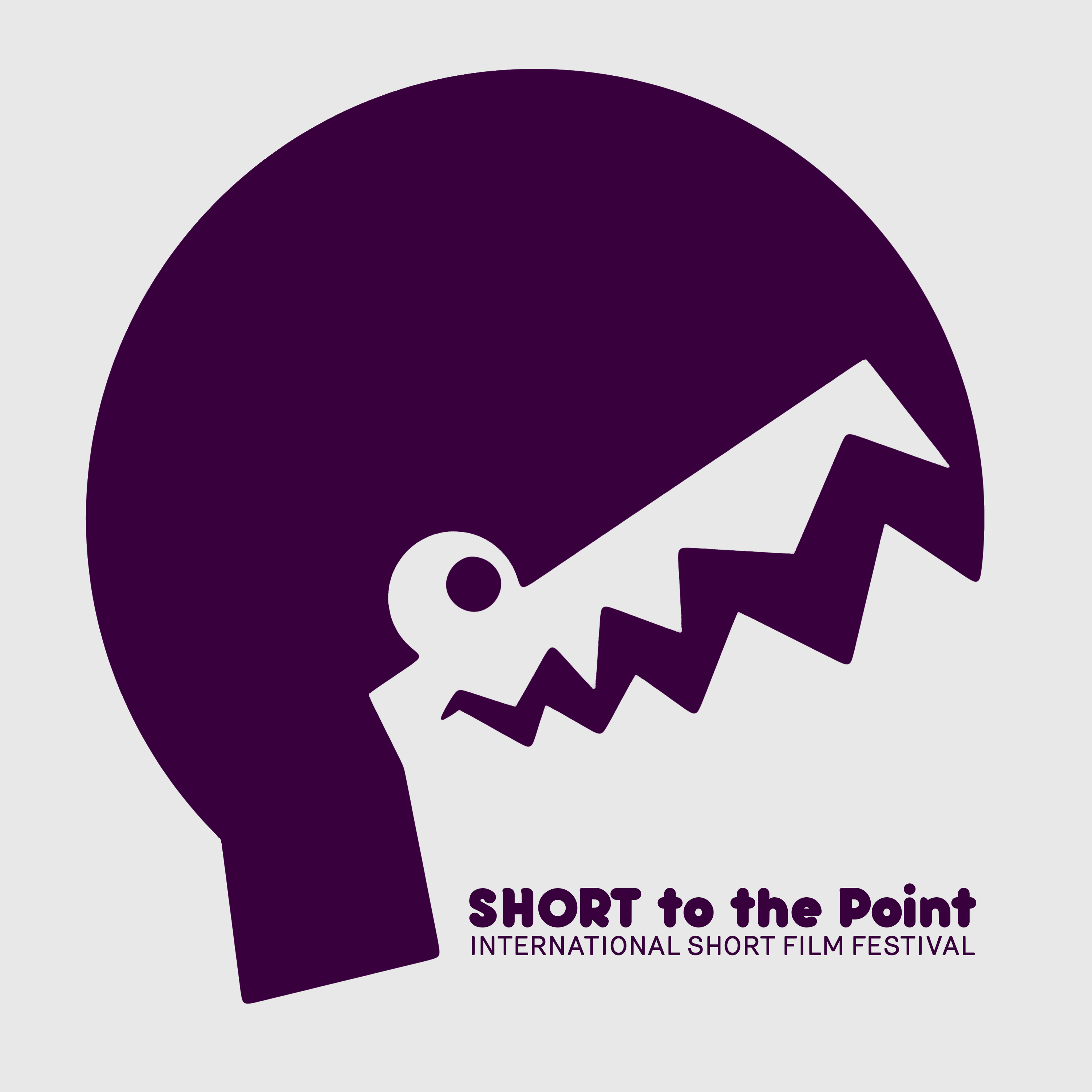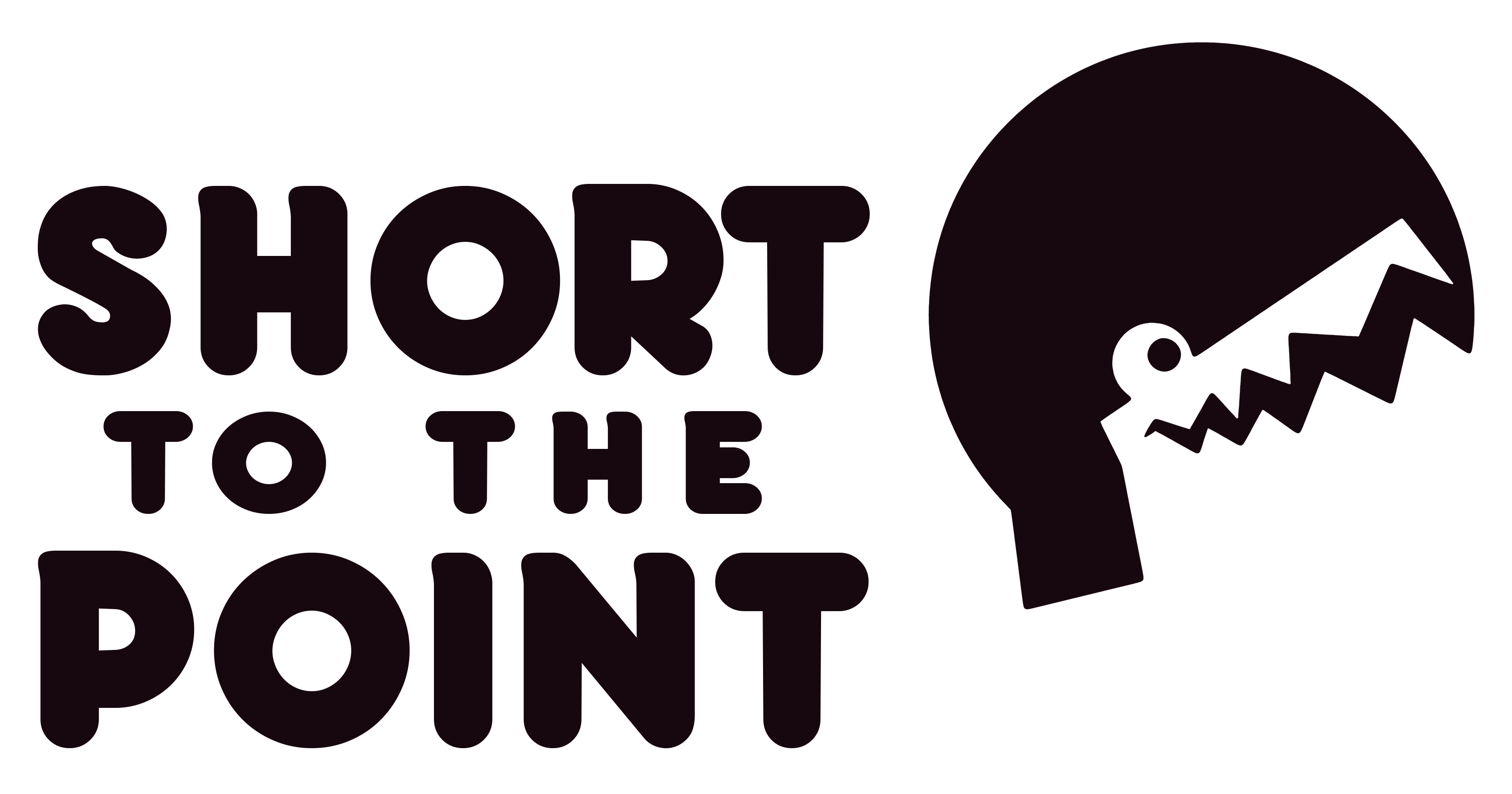SHORT BIO OF THE ANIMATION DIRECTOR:
CNUT was directed by first-time film director, Courtney Westbrook on behalf of her co-owned film studio, ARACOURT.
Both Ara Nuri Steel and Courtney Westbrook (ARACOURT) started their stop motion animation journey as production designers, makers and animators on a short film called Theo & Celeste, for TEDx Sydney 2018. As the pair were new to stop motion, they learnt on the job and fell in love with the hands on, problem solving nature of the medium. CNUT is ARACOURT’s first in-house film where Courtney tried her hand in directing.
Courtney has a background in architecture which gives her a good understanding of spatial awareness and composition. She found this helpful when directing a small, inanimate object, where one slight movement could throw out a frame or perhaps a whole sequence.
Since CNUT’s release, ARACOURT have been developing their next short film, If/When. A wonderfully strange and relevant insight into the feelings of isolation, alienation, and disconnect. Choosing to explore different stop motion animation techniques to expand their skill set, ARACOURT is experimenting with hand-drawn two-dimensional sets that are layered to interact with a three-dimensional puppet.
- Was there a particular event or time that you recognized that animation is your way of telling stories?
I have an interest in exploring how stop motion animation can interact with live action content to enhance the visual and emotional storytelling. I grew up watching films such as The Fifth Element, Star Wars, Blade Runner and Harry Potter where the filmmakers didn’t let their imagination be conquered by their budget or how hard it might be to create a whole new world in camera. These filmmakers were problem solvers. I think I was watching a behind the scenes video of Escape from New York and saw that the city was a miniature model made from milk cartons. This blew my mind. Lego was never the same for me again. This kicked off my interest in architecture and behind the scenes content. I try to learn as much as I can from other filmmakers.
- What exactly is the job of an animation director?
As CNUT was my first directorial role, I am very much still learning the answer to this question. My process involved a script breakdown and treatment to intrigue the amazing team we were fortunate enough to work with. As I have trained as a Production Designer, character drawings and storyboards were used to develop the world. I found creating storyboards and mapping out the timing and movements of each shot immensely helpful in the world of animating as every shot took hours to capture. Our puppets action was precisely mapped out in pre-production to save both time and pressure during filming. As our puppet’s movements were entirely controlled by Ara and I, we had to learn acting to some degree too. Our wonderful voice and movement actor, Greg Poppleton was wonderful in assisting us in this area and provide invaluable inspiration. As our character was made from silicon and clay, your job as a director of animation becomes focused around making this character relatable to the audience through their intent and arc. We completed post-production during COVID-19 lockdown over screen share, online video chats and phone calls. I must admit it was a very odd being a first-time director experiencing post-production this way however I am glad our crew embraced it. I am looking forward to being in the same room as our post-production crew for the next film.
- How many people are involved in creating an animation like yours? And could you tell us a bit about their roles, the flow of the team?
ARACOURT collaborated with twelve creatives based predominately in Sydney, Australia, with two creatives in London and one in Hong Kong. Our two UK crew members came from our collaboration with ScreenJam. Ara had met the founder of ScreenJam, Andrew Anderson at an Australian event and got to talking about how ARACOURT wanted to make in-house content and that we were on the search for scripts. We decided to hold a competition where Andrew (Executive Producer) would review the entered scripts and present us with five to choose a winner. The winner of the competition would get their script produced by ARACOURT. We are thankful that Barry Staff’s wonderful script, CNUT made it to the top five. From the first moment Ara and I read the unique words of Barry Staff, we knew we needed to approach the curious and charming Greg Poppleton for voice and movement acting. We had previously worked with Greg on the short film, The End, The Beginning. We became smitten with Greg’s charisma seeing him interacting with the set dressing on our behind the scenes time-lapse footage as we constructed the worlds around him. Greg brings life and warmth to any character he has a hand in creating. The next collaborators to join our team were producer, Katherine Shearer and cinematographer, Matt Hopkins. Ara and I had worked with Katie and Matt on previous live action content however this was their introduction to the world of stop motion animation and a chance for us to work together more closely. Both Katie and Matt have a wealth of knowledge and I found their patience and willingness to assist me very refreshing and encouraging. I then got to dive into the world of post-production which was a completely new experience for Ara and myself as designers. Our main post-production crew consisted of Abigail Portwin (Editor), Chrysoulla Markoulli (Sound Design and Composition), Matthew Barr (Re-recording Mixer), Nicholas Andrews (Colour) and Andrew Brown (Compositing). These legends bought CNUT to life during lockdown and produced what I think is magical work. From sending notes back and forth over email to explaining thoughts over the phone, the post-production crew worked together (remotely) to achieve a collective vision.
- What was the most important lesson you had to learn that has had a positive effect on your animation? How did that lesson happen?
We thought we had planned as much as we could in pre-production however, we learnt that once you planned the precise movements of your puppet, you should test those movements on your armature. It sounds like an obvious tip however for CNUT we let one movement slip our attention. Our puppets shoulders only allowed him to lift his arms to the side of his body and not directly forward from the shoulder socket. To get the full range of motion we needed to edit his shoulder sockets however we had already poured and painted his silicon ready for filming. Due to the nature of a small budget and limited time we decided we would alter his movements for the purposes of our story. Moving forward we are carefully planning our armatures to suit the movements that present themselves in our storyboards and pre-production planning. This has had a positive effect on our process as it has taught us to really analyse what we need our puppets to do to enhance the story.
- What is the process in creating an animated character?
For CNUT we started by hiring Greg Poppleton for our puppets voice acting and inspiration for his movement. We then based our puppets look and the storyboards around Greg’s mannerisms. From there our crew had a movement day at a local beach. We had Greg explore the action of the story whilst we filmed him for inspiration. This action helped us to create an animatic where we worked out timings and a shot list. The process of making our puppet included assembling an armature to suit our characters design, as well as sculpting his head, mouth variations, shoes and props such as his hat and phone. We then sculpted his torso, neck, arms and hands so we could mould and cast these sections in silicon. We did this as he removes the top half of his clothing. Giving our puppet a squishy pot belly and buttocks was a highlight whenever someone picked up our puppet. His wig and eyebrows were made from gluing yarn onto a wig cap and tiny bits of card. We wanted his hair to move in the wind as he was dragged into the ocean and we wanted his eyebrows to have a full range of motion to show his expressions. His eyebrows were easily moved as the tiny hair covered card was only tacked on. Our puppets tiny clothing was hand sewn with wire inside the hems so we could incrementally move it to suit the action.
- 2D Animation vs. 3D animation what are your thoughts on this endless battle?
Por que no los dos! I think there is room for all methods of art in this world. Both methods are uniquely beautiful, and I think you need to choose what artform suits the story you are trying to share. For ARACOURT’s next creation, If/When, we are using both two-dimensional animation techniques but presenting them in a three-dimensional landscape. Essentially, If/When is about an ordinary person, Olga Quatch, who happens to be unstuck in time and space. As a result of this rather unique condition, she time-travels backwards and forwards (quite accidentally) between the past, present and future. We will use both dimensions to distinguish between the past, present and future. Olga views the past and future as layered two-dimensional forms that are hard to grasp whilst her puppet form and the present are viewed as three-dimensional. With themes of disconnect we thought the unique blend of these animation techniques could work in harmony for this story.
- What does your animation workflow look like while animating? Tell us a little about the tools that you are using. What are your preferences? Methods? Plugins? Techniques?
As mentioned above, a large part of our workflow included storyboards, an animatic, and a shot list during pre-production. For CNUT we invested in the wonderful program, Dragonframe. We found this program incredibly helpful to execute our vision. From setting up our shots using onion skin (to match our storyboards), to the quick replay of footage when needed, Dragonframe saved us a lot of time. For our previous animation, Theo & Celeste, we played back footage by clicking backwards and forwards on the cameras multi selector (laughs). Yes, that process was painful. Physical tools we use include your standard sculpting tools, a multi piece hand rotary tool with sanding pads, drills and engravers, as well as standard set construction tools including saws and hammers depending on your needs. We also have a range of puppet rigs to help our characters or their props to stand or move incrementally. As ARACOURT are currently filming out of a small garage on limited budgets we in the process of collecting a small film and lighting kit rather than hiring for future short films. One magical piece of equipment that we stumbled upon whilst watching behind the scenes of Aardman, is the Celo Cucoloris. It is a scrim to create subtle shadow patterns on your set. We used this to add interest to both the sand and the ocean.
- What do audiences want? And is it the animator’s role to worry about that?
Audiences want to feel connected to the world and characters that you have created. I find myself always walking out of a cinema in a better mood than when I entered it, and this comes down to connection. As an animator, connection and emotion is at the top of your list to try to express through your puppets. If you have a puppet that shows no emotion the audiences aren’t going to believe your puppets intentions and therefore the story.
- What role have film festivals played in your life so far? Why are they necessary? How do you get the most out of them?
ARACOURT was introduced to film festivals with our involvement in, Theo & Celeste. Theo & Celeste gained a large following in the festival circuit and its online release. It went onto win numerous awards and was chosen in Vimeo’s Top Picks. Film festivals create a platform to connect to others on a global scale. You might be creating a tiny world, but that tiny world can reach the opposite side of the globe. We are incredibly grateful to be chosen as the winners of Short to the Points Stop Motion category as this award officially makes ARACOURT award winning filmmakers. How cool is that!
- What is the most difficult part for you about being in the animation business, and how do you handle it?
Gosh. Leaving the hardest question for last. I would say the hardest thing about being in the animation business is how long it takes to create content. It is the hardest but also the most rewarding. To make it work at the moment, Ara and myself have full time employment in the film and television industry during the week and we use the money earnt from this to produce ARACOURT content on our weekends and evenings. It makes the process slower, but we are using the learnt skills from our day jobs and applying it to our in-house content. One day our in-house content will provide our stable income and when that day comes, you can expect many more stories to be told.










